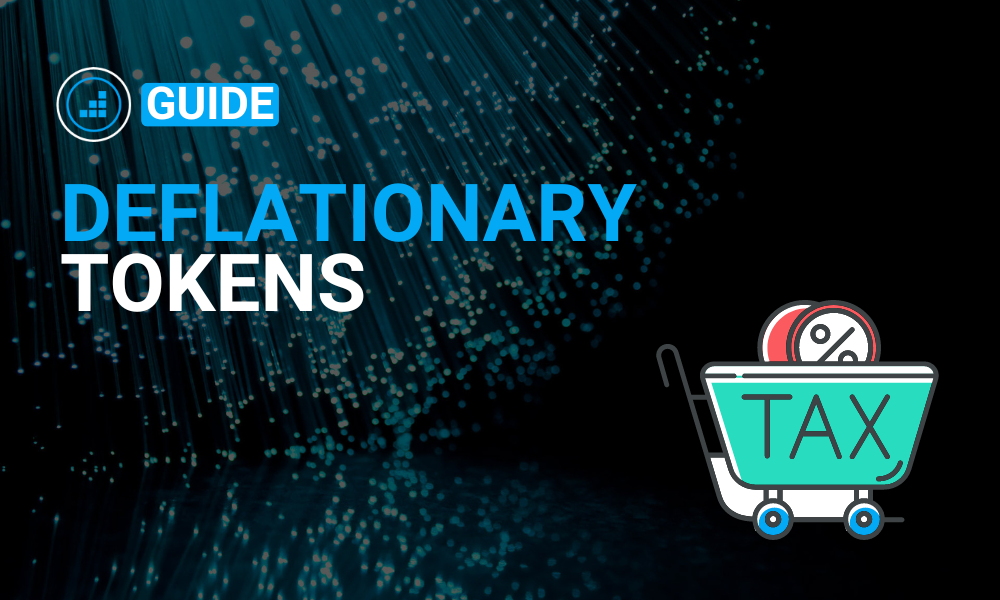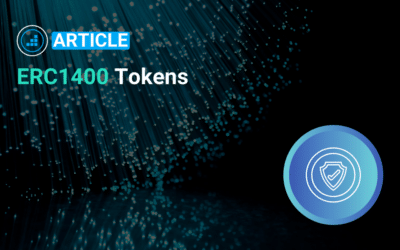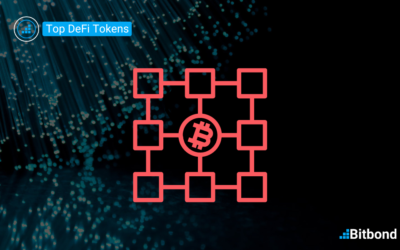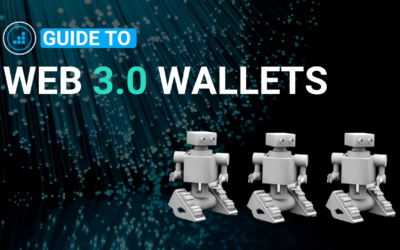Table of Contents
Understanding the Deflationary Token Model: A Deep Dive with TokenTool
In the ever-evolving landscape of digital currencies, nuances such as the difference between inflationary and deflationary tokens become crucial. One concept sparking interest and debate is the Deflationary Token Model. As we at Bitbond help banks and financial institutions easily create tokens, understanding these models is of paramount importance.
Deciphering a Deflationary Token Model and Its Operation
Deflationary tokens reduce in supply over time through a process known as “token burning.” This mechanism creates a scenario of decreasing supply and can potentially lead to price appreciation over time. A popular example of a deflationary token model is the BOMB token. Token Tool provides the technical infrastructure for such token models to be implemented easily effectively.
The Benefits of Deflationary Tokens in Crypto Projects
Deflationary cryptocurrency operates on the principle of reducing supply to create scarcity and drive up value. Bitcoin, with its capped supply of 21 million coins, is often seen as a deflationary cryptocurrency. Deflationary tokens serve several benefits to both investors and projects. They aim to address the issues with traditional finance and have a positive impact on the cryptocurrency market. Here are some ways deflationary token development can benefit projects:
- Value Appreciation of the Coin
According to the law of supply and demand, an increase in supply leads to a decrease in demand. Deflationary cryptocurrencies work to reduce market supply, increase scarcity, and thereby raise demand. This strategy is based on the principle that items that are hard to come by are more appealing than those that are easily available. By making the coins rare, investors are more attracted to them than to those in abundance, eventually increasing the value of the coin in the long run.
- Increased Profitability
Deflationary tokens have been in the spotlight during the recent bull run, directly contributing to the interests of investors as they accumulate more profits. Another scenario is when a platform decides to buy back coins from users. Those who want to short their coins can profit from the entire process leading up to the coin burning. The ultimate goal is to increase the value after burning.
- Elimination of Extra Tokens from the Market
Unsold tokens in circulation can be detrimental to a cryptocurrency’s success. Instead of flooding the market, the deflationary mechanism aids a project in removing extra tokens from circulation. Additionally, if tokens were distributed erroneously, burning them would be the preferred way to rectify the mistake.
Comparing Inflationary and Deflationary Cryptocurrencies
Inflationary cryptocurrencies like Ethereum have an ever-growing supply, which may lead to price depreciation if demand doesn’t keep up. In contrast, deflationary models aim to increase value through limited or decreasing supply. If you’re looking to tokenize assets, then understanding these dynamics is vital to building sustainable and healthy tokenomics.
Mixing Inflationary and Deflationary Token Models
Some projects mix inflationary and deflationary token models, aiming to combine their benefits. These hybrid models might dynamically adjust the token supply, creating a balanced and sustainable token economy. TokenTool’s flexible platform supports the creation of such hybrid tokens, fostering innovation in the crypto economy.
Deflationary Token Models: Taxation Implications
Some tokens, like PAX Gold, have a deflation feature in the token in the form of a fee/tax implemented on the token. As seen in this transaction on Etherscan, the user is charged $0.10 in PAXG Token on every transaction:
This makes PAX Gold cost-efficient as Paxos offers PAXG at a lower cost structure than that of other gold tokens, gold ETFs, and LBMA 400 t oz bars, with a low minimum purchase amount and zero storage fees. The fee controller has the ability to set the fee recipient and the fee rate (measured in 1/100th of a basis point).
It consists of a redistribution fee allocated to the issuer for the purpose of generating revenue. Paxos takes transparency very seriously, so they will never change the fee rate without prior notice.
As for creating Deflationary Tokens on Bitbond using TokenTool, this will be available in the upcoming weeks.
What to Expect from the Tax and Deflation Feature:
- If the tax receiver is the one making a transfer, then taxation is skipped (deflation is not skipped if enabled)
- On token creation, if taxation and/or deflation is ENABLED, these features cannot be disabled, but you can set them to 0 in Manage Token
- After token creation, if taxation and/or deflation is DISABLED, these features cannot be enabled anymore after token creation
- These features can break some DeFi protocol integrations and provide central authority to the token creator
- Tax/deflation settings in Manage Token cannot be updated if the token is paused or if the person trying to update the tax/deflation settings is not the token owner
How to Set it Up:
- Create Token and Set Deflation Rate: upon creating the token, you must enable the “Burn fee for deflationary token” and set the desired rate in bps.
- Create the Token & Set Tax Rate: upon creating the token, you must enable the “Charge transaction Tax / Fee”. You should then set the desired rate and insert the wallet address to which you wish the fees to be allocated to.
- Edit the Parameters under Manage Token: after creating the token, you can edit the parameters of the tax and deflation rate using the Manage Token function
- Manage Token Deflation Rate: by clicking on the “Edit deflation settings” under Manage Token, you can edit the token burn rate after creation of the token.
- Manage Token and Set Tax Rate by specifying the destination address of the portion of the transfer. by clicking on the “Edit deflation settings” under Manage Token, you can edit the rate of the transaction fee allocation and recipient address after token creation.
Deflationary Token Models The Revolutionary Game-Changer in Crypto Space
The Deflationary Token Model offers an intriguing approach to value preservation and appreciation in the crypto world. Whether you’re interested in a purely deflationary model, an inflationary one, or a blend of both, understanding these dynamics can help make more informed decisions. And for those looking to create their own tokens, TokenTool by Bitbond offers a user-friendly platform to make the process seamless and efficient.




